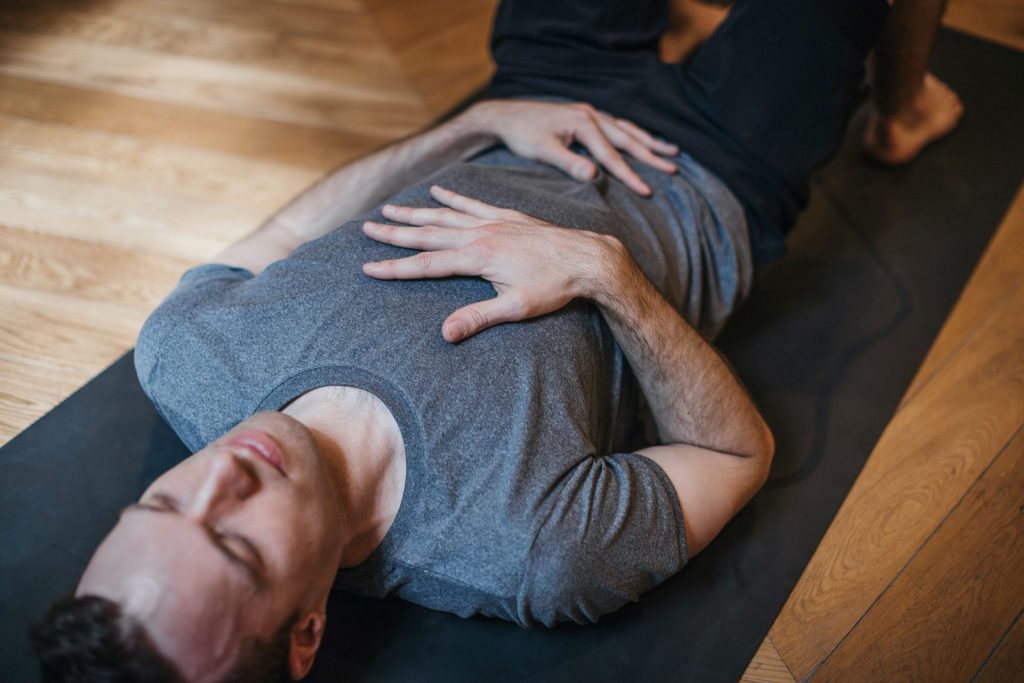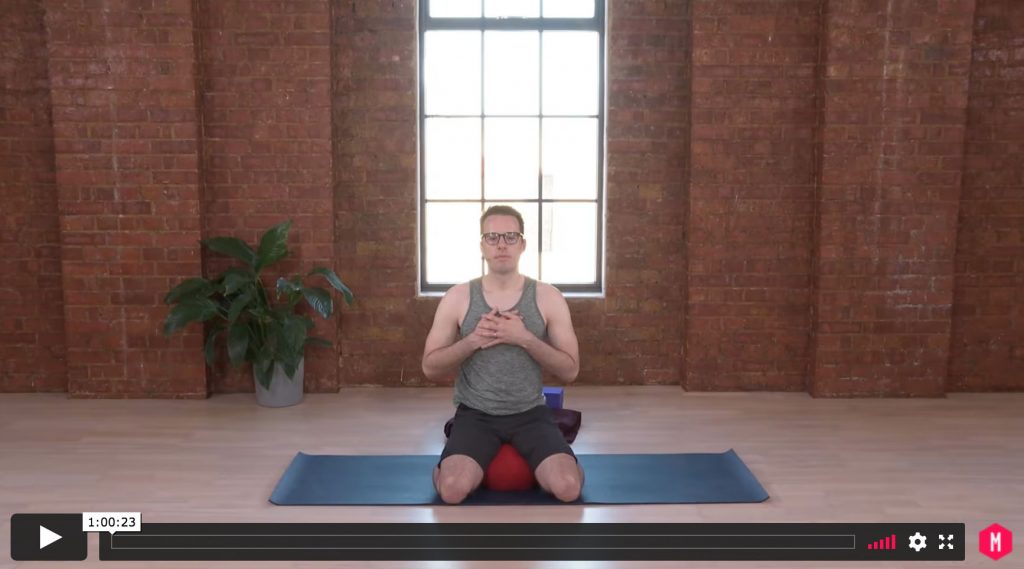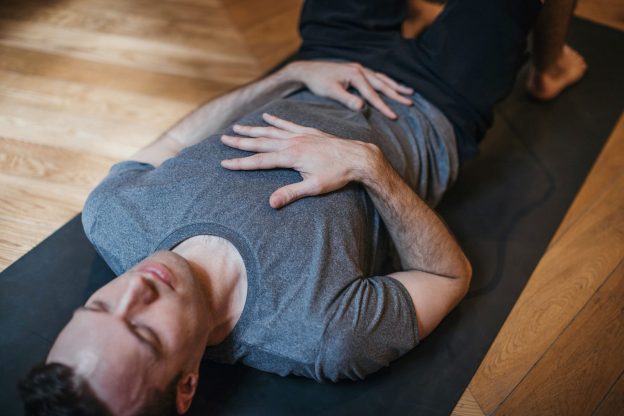
How does yoga make you feel? Do you turn to yoga to escape from feeling your difficult emotions? Have you ever burst into tears during a yoga class and not sure what to make of it? In this article, Adam Hocke explore what our emotions are and how our yoga practice can serve to help us feel our emotions.
What are emotions?
There’s no simple answer here. Many philosophical systems have their own viewpoints; psychology has its own viewpoint, neuroscience has its own viewpoint. At its simplest, emotions are the brain’s interpretation of sensations from outside and inside the body, which translate into responses that we know very well: fear, love, anger, grief etc. Additionally, emotions might be re-expressed through even more sensations in the body. It’s important to understand emotions as an embodied experience.
How do we respond to emotions?
How we respond to and express emotions varies greatly. Do we actually feel our emotions or do we use common avoidance strategies like suppression, distraction, or lashing out? Since all emotion is based on perception, sometimes there can be misperception or an ‘outsized’ response. This is because our ‘reality’ is the brain interpreting sensory input and then layering on top of that predictions and stories based on what happened in the past. So something that others might call a ‘small thing’ can be perceived as something major because of a past experience or trauma.
Why does yoga sometimes make us cry?
The body holds emotions and when we start moving and stretching, it might be the first time we actually contact these emotions. When we become mindful of the embodied sensations of tension, anxiety, pain, and trauma, this may lead to tears. It’s totally normal and common. I think it’s best to not over analyze and just let it be expressed as long as it feels safe.
Read more about yoga for stress and anxiety in this complete guide
But shouldn’t yoga always make you feel good?
Not at all! But, yoga should always make you feel. There is a common instruction to leave your troubles off the mat and just enjoy the practice – and sometimes escape is fine. However, I’m more interested in how yoga can help me create a friendly and supportive relationship with my emotions. Yoga, for me, has always been a place where I can come into contact with the embodied experience of my emotional states and potentially find liberation from the suffering they cause. The practical component of that is using yoga to regulate my nervous system and create a ‘safe space’ for me to feel and process. Yoga helps me shift the common but not necessarily helpful inquiry of ‘how am I feeling?’ to the much more manageable ‘where am I feeling?’ When I know where, I have something to work with.
How can we create a safe space for feeling?
In order to be able to feel our emotions without running away or lashing out, we want to feel safe and calm. We can do this by talking to our nervous system. The vagus nerve, which regulates many functions including breath, heart rate, and digestion, is also a sensory nerve – in other words, it’s ‘listening’ to determine if we are safe.
Slowing our breath, massaging our bodies, lifting our heart above our heads are a few simple ways we can ‘talk’ to the vagus to down-regulate our nervous systems when our emotions have taken us into a stress response. If we are in a low or depressive state, we can conversely use an escalated breath and a bit more movement to bring us back up.
And the more you practice this the more you will learn where you feel emotions in your body. When you know, for example, that certain emotional states affect the tightness in your shoulders you can make sure you take care of that region with more kindness and compassion on your mat. This to me is what feeling emotions is about – finding the sensation in my body, experiencing the truth and reality of it, and offering back whatever love I can provide.
>>Try this class to experience your difficult emotions<<

How do I choose a class that will help me with my emotions?
Your practice is always your practice no matter what class it is or what the teacher says. You’re responsible for customising the practice to meet your emotional needs.
Take the time to ask yourself how and where you are feeling your emotions. And then pick a class that seems a right remedy. Check back with yourself afterwards to see if it worked. It might not and that’s why it’s called a practice – next time you can try something else. If it did work, you can go back to it or to something similar when you find yourself in a similar feeling state.
Regardless of the title or theme of the class, you can still customise the experience by continually returning to and regulating your intention, intensity, and depth. Every choice matters and can help you in your process of feeling all that is held within your body. Sometimes it might be difficult, but always remember you are never alone in what you feel.
Try this check-in before you practice:
Read more in Yoga for Stress and Anxiety: A Complete Guide
About Adam Hocke:
You can try more of Adam Hocke’s classes on MFML or learn more about Adam’s Practices of Rest: Restorative Yoga Teacher Training (link: https://www.sarahwilliamsyoga.com/restorative-yoga-training) which begins this Fall. Informed by a wide range of movement methods this training combines traditional restorative practices with somatic inquiry, self massage and contemporary movement modalities to create a holistic and transformative journey to deep rest.





Leave a Reply